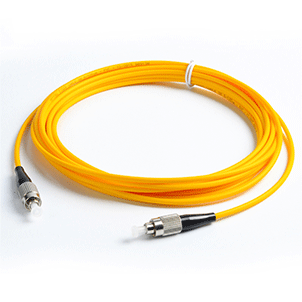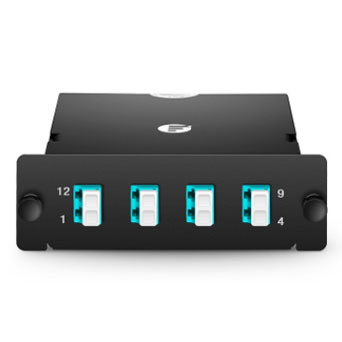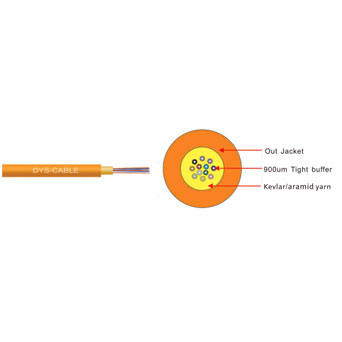1. What is an optical fiber fusion splicer?
A fiber fusion splicer is a device that uses an arc to fuse two fibers together at their end faces to form a single long fiber. The resulting splice, or fusion splice, permanently joins two glass fibers end-to-end so that optical signals can pass from one fiber to the other with little loss.
2. How does the optical fiber fusion splicer work?
Before optical fibers can be successfully spliced, their outer jackets and polymer coatings need to be carefully stripped, thoroughly cleaned, and then precisely cut to create smooth, vertical end faces. After completing the above work, put each fiber into the bracket in the housing of the fusion splicer. From this point on, the fiber fusion splicer will take over the rest of the process, which involves 3 steps:
Alignment: fibre optic splicer for sale uses small, precise motors to fine-tune the position of the fibers until they are properly aligned, so the finished splices will be as seamless and lossless as possible. During the alignment process, fiber technicians can view fiber alignment by zooming in with an optical power meter, camera, or sight glass.
Impurity Burning: Since the slightest dust or other impurities can wreak havoc on a connector's ability to transmit an optical signal, it can never be too clean when it comes to splicing. Although fibers are manually cleaned before being inserted into the splicing equipment, many fiber splicers incorporate an additional preventative cleaning step into the process: before splicing, they create a small spark between the fiber ends to burn off any residual dust or moisture.
Fusing: After the fibers are properly positioned and any residual moisture and dust are burned off, it is time to fuse the fiber ends together to form a permanent joint. The fiber fusion splicer emits a second, larger spark that melts the fiber end face without causing the fiber's cladding and molten glass core to run together (keeping the cladding and core separate is critical for good fusion splices - it can minimize light loss). The melted fiber tips are then joined together to form the final fusion splic. Estimated splice loss tests were then performed, and most fiber splices showed typical optical losses of 0.1 dB or less.
3. What should I pay attention to when buying an optical fiber fusion splicer?
If you are in the market for a fiber optic fusion splicer, the question of course is, what should you be looking for in it? Any fiber fusion splicer you buy should have three things. First, it should have a fast splice time. The longer you wait, the more time you can waste doing other things. You should also make sure it's compatible with all major brands. It's usually not a good idea to buy a fusion splicer that doesn't work with certain types of cables.
You may also be interested in the following products offered by PHXfiber:
PM fiber splicer
OTDR for sale
25gb network switch/40g switch/400g switch
Outdoor fiber distribution cabinet
PM fiber coupler
If you have questions, we will help you!

 EN
EN



